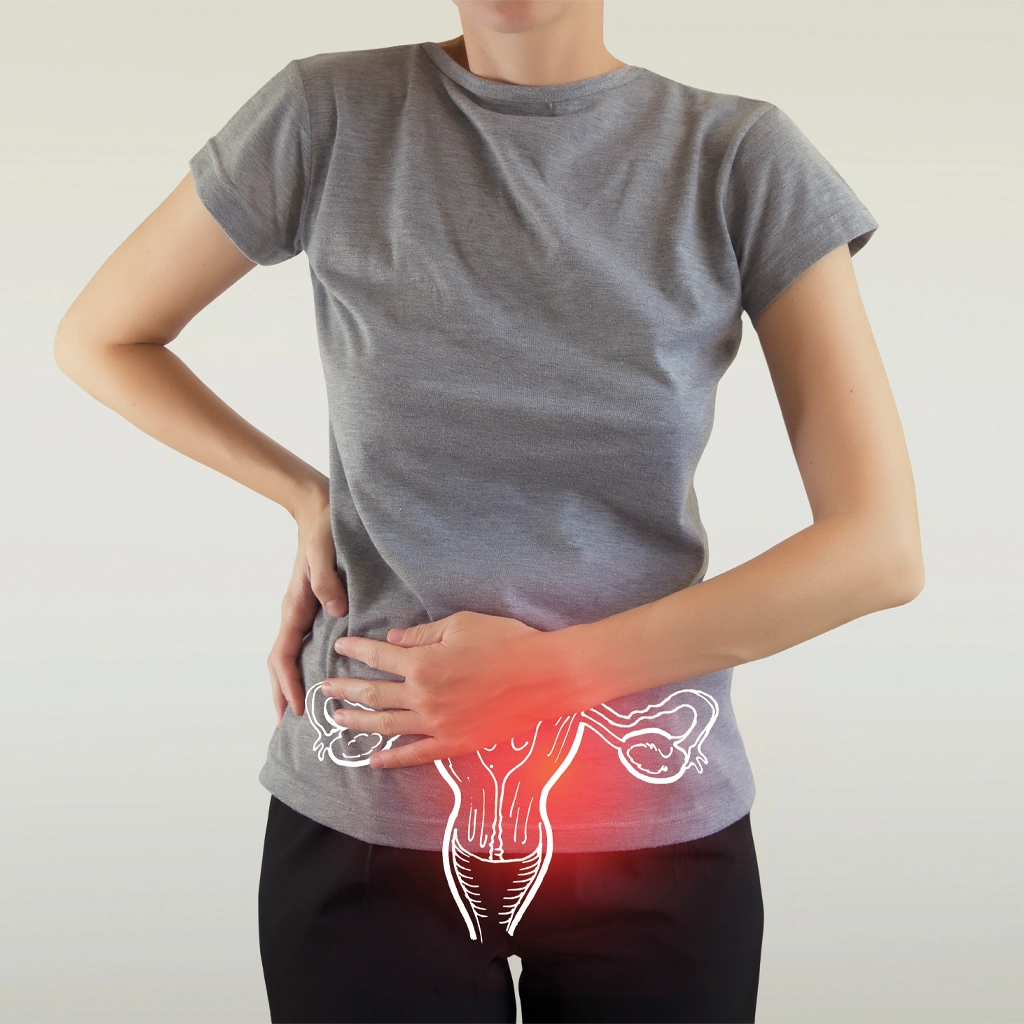3 Differences Between UFE and Hysterectomy
Uterine fibroids are extremely common, affecting up to 75–80% of women during their reproductive years, with up to 26 million women in the US having them by age 50, and African American women have a significantly higher prevalence and severity of fibroids. While most fibroids are benign and asymptomatic, they can cause symptoms or health concerns in over 15 million women and may require treatment.
When uterine fibroids begin causing symptoms such as heavy bleeding, pelvic pressure, or pain, it is important to know your treatment options. Two common choices are Uterine Fibroid Embolization (UFE) and hysterectomy.
Both can provide relief, but they work in very different ways. Understanding the differences between the two can help you make an informed decision about your health.
1. Procedure and Recovery
UFE is a gentle, minimally invasive procedure. A doctor carefully threads a small catheter through an artery to deliver tiny particles that effectively block blood flow to the fibroids. As a result, the fibroids gradually shrink over time due to the lack of a steady blood supply.
The best part is that most patients can head home the same day and get back to their usual activities within about a week. On the other hand, a hysterectomy is a more involved surgical procedure aimed at removing the uterus. This can be done through an abdominal incision or via vaginal or laparoscopic methods. Since it’s considered major surgery, the recovery period usually spans several weeks, might require a hospital stay, and is more expensive.
2. Impact on Fertility
UFE targets the fibroids while preserving the uterus. While it is not considered a fertility treatment, many women who want to keep the option of pregnancy choose UFE because it does not involve removing reproductive organs.
Hysterectomy permanently ends fertility by removing the uterus. For women who are certain they do not want future pregnancies, this may not be a concern, but it is a major factor in the decision-making process.
3. Long-Term Outcomes
UFE can really help alleviate fibroid symptoms like heavy bleeding and pelvic pain. However, there’s a chance that fibroids might come back or new ones could develop, which means you might need additional treatment down the line. On the other hand, a hysterectomy offers a permanent fix since it involves removing the uterus entirely. Once you’ve healed, you won’t have to worry about fibroids returning. That said, it’s the most invasive option and does come with the risks and recovery times associated with major surgery.
Because the uterus is removed, women may experience changes in hormone levels, especially if the ovaries are removed at the same time. This can lead to symptoms such as hot flashes, vaginal dryness, mood changes, or decreased libido. Additionally, some women report a lasting impact on pelvic support, bladder function, or sexual satisfaction.
Choosing the Right Fibroid Treatment Option Between UFE and Hysterectomy
The decision between UFE and hysterectomy depends on several factors, including your age, health, symptoms, and plans for future fertility. For women seeking a less invasive option with fewer side effects and a quicker recovery, UFE may be the right option.
If you are exploring fibroid treatment options, talk to the specialists at Vascular and Interventional Specialists of America, who can explain the risks, benefits, expected outcomes, and differences of UFE and hysterectomy.

